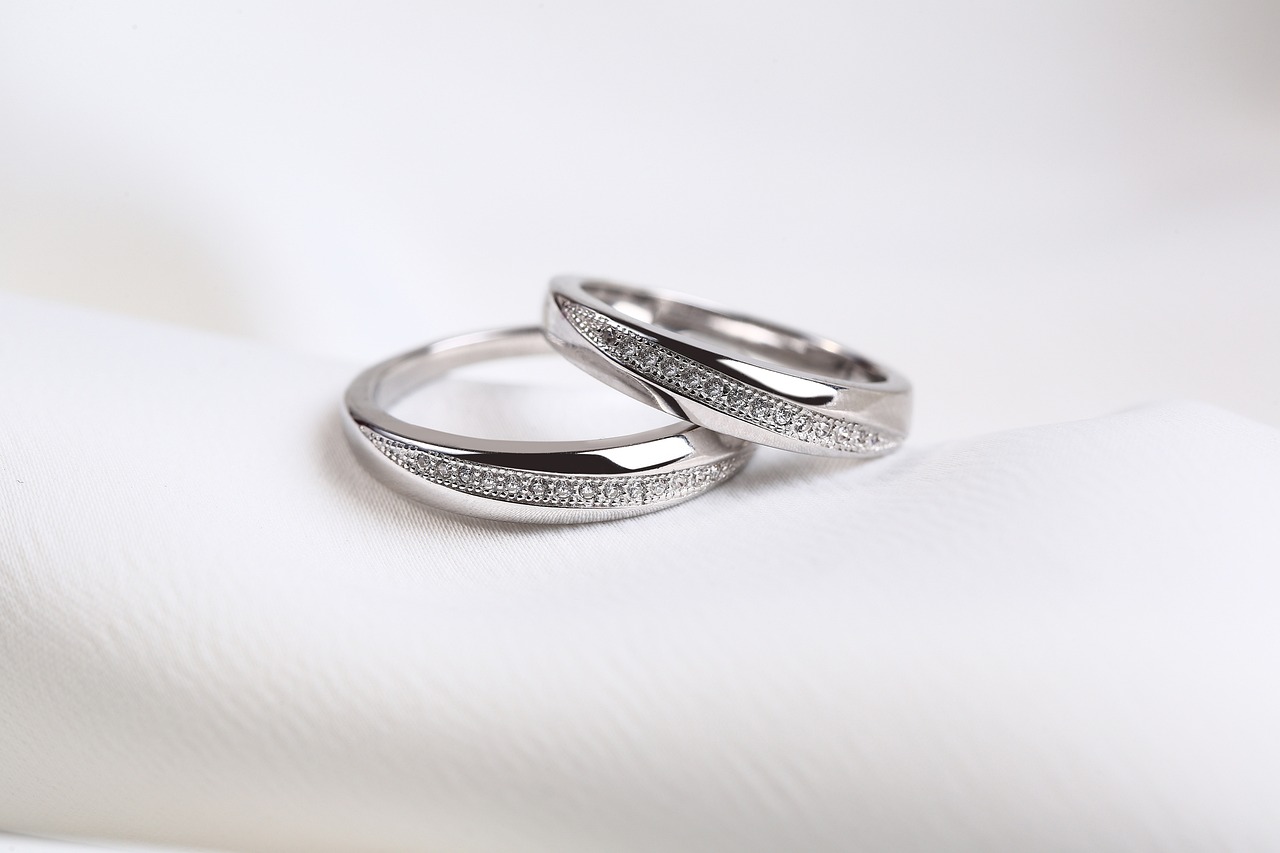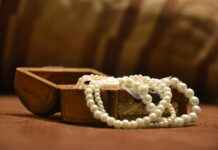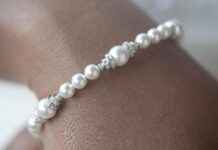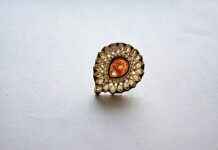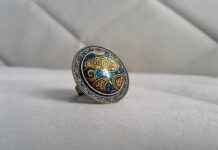This article delves into the fascinating realm of high-value jewelry, specifically focusing on the most expensive pieces ever sold. These stunning jewels not only represent immense financial value but also embody rich historical narratives and captivating stories that elevate their significance beyond mere adornment.
High-value jewelry often attracts the attention of collectors, investors, and enthusiasts alike. The allure of such pieces is enhanced by their unique characteristics, including rarity, craftsmanship, and the stories behind their creation and ownership.
The Pink Star diamond is renowned for being the most expensive gemstone ever sold at auction, achieving a staggering price that underscores its rarity and exquisite beauty. This diamond, weighing an impressive 59.60 carats, is celebrated not just for its size but also for its vibrant pink hue, which is a result of its unique formation process.
Another jewel that has captivated the world is the Hope Diamond. Known for its deep blue color and storied past, this diamond has a history filled with intrigue, including tales of curses and ownership changes that enhance its mystique.
The journey of the Hope Diamond through history is rich with fascinating narratives. Many believe it carries a curse, which purportedly brings misfortune to its owners. This superstition has only heightened interest in the jewel’s captivating history.
Today, the Hope Diamond resides in the Smithsonian Institution, where it continues to attract millions of visitors eager to witness its famed beauty.
The Oppenheimer Blue diamond, named after its previous owner, is celebrated for its stunning color and size. It set a record for the highest price ever paid for a blue diamond, capturing global attention during its auction.
The sale of the Oppenheimer Blue marked a pivotal moment in the luxury jewelry market, showcasing the increasing demand for unique and high-quality gemstones among wealthy collectors.
Another remarkable piece is the Graff Pink diamond, which has made headlines for its breathtaking color and exceptional quality. This pink diamond was originally purchased by jeweler Laurence Graff, whose commitment to preserving its beauty has made it a sought-after piece in the luxury market.
The stories behind these expensive jewelry pieces illustrate not only their monetary value but also their cultural and historical significance. Each piece carries a narrative that captivates audiences worldwide, making high-value jewelry a fascinating subject of study and admiration.
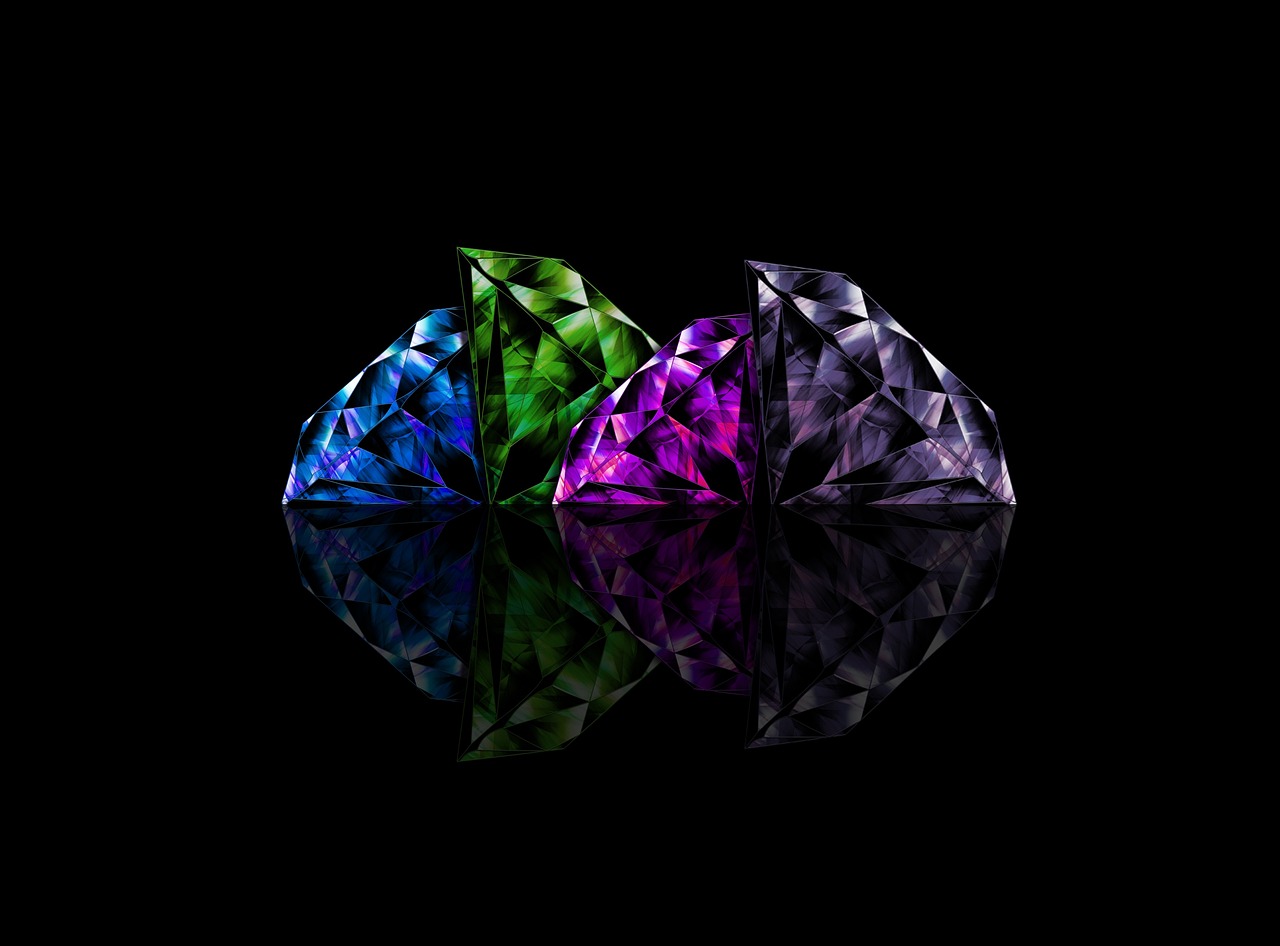
The Record-Breaking Pink Star Diamond
The world of gemstones is filled with wonders, but few can compare to the Pink Star diamond. This extraordinary gemstone has etched its name in history as the most expensive diamond ever sold at auction, achieving a staggering price of $71.2 million in 2017. Its remarkable sale not only highlights its rarity but also its breathtaking beauty, captivating collectors and enthusiasts around the globe.
The Pink Star diamond weighs an impressive 59.60 carats and boasts a vivid pink color that is exceptionally rare in the diamond world. Its unique hue is a result of the diamond’s natural formation process, which involves the presence of trace amounts of boron and nitrogen during its creation deep within the Earth’s mantle. The gem’s flawless clarity and exquisite cut further enhance its allure, making it a masterpiece of nature.
Before its record-breaking sale, the Pink Star diamond had an intriguing journey. Originally mined in South Africa in 1999, it was cut and polished over a span of two years. The diamond was initially purchased by a jeweler for $83 million, but it later faced challenges in the market, leading to its eventual auction by Sotheby’s in Hong Kong.
This auction not only set a record for the Pink Star but also underscored the growing demand for high-quality colored diamonds. Wealthy collectors are increasingly seeking unique gemstones that stand out, and the Pink Star perfectly embodies this trend. Its sale has sparked renewed interest in colored diamonds, influencing the market dynamics significantly.
In conclusion, the Pink Star diamond is more than just a gemstone; it is a symbol of luxury, rarity, and the intricate beauty of nature. Its record-breaking auction price reflects not only its physical attributes but also the emotional and cultural significance that such extraordinary pieces hold in our society.

The Legendary Hope Diamond
is not just a jewel; it is a symbol of mystery and history that has fascinated people for centuries. Renowned for its vivid blue hue, this diamond has a rich backstory that intertwines with tales of fortune and misfortune, making it one of the most intriguing gemstones in existence.
Originally discovered in India, the Hope Diamond has traveled through the hands of various owners, each adding to its mystique. Its journey began in the 17th century when it was acquired by a French merchant. Over the years, it has been linked to several notable figures, including King Louis XIV of France, who was known for his extravagant lifestyle.
One of the most captivating aspects of the Hope Diamond is the legend of the curse that surrounds it. Many believe that its previous owners suffered misfortunes, leading to a widespread belief that the diamond is cursed. This notion has only fueled public interest, making the jewel a subject of numerous books, documentaries, and films.
- Ownership History: The diamond has changed hands multiple times, from royal families to private collectors.
- Current Location: Today, the Hope Diamond is housed in the Smithsonian Institution in Washington, D.C., where it is displayed as one of the museum’s most prized possessions.
- Visitor Attraction: Millions flock to see the diamond each year, drawn by its beauty and the stories that accompany it.
Scientific studies have also shed light on the diamond’s unique properties. The deep blue color is attributed to trace amounts of boron within its structure, which is rare among diamonds. This geological uniqueness enhances its value and appeal among gemologists and collectors alike.
In conclusion, the Hope Diamond is more than just a gemstone; it is a treasure steeped in history, legend, and scientific intrigue. Its allure continues to captivate those who encounter it, ensuring its place as a lasting icon in the world of jewelry.
The History of the Hope Diamond
The Hope Diamond is not just a gemstone; it is a symbol of mystery and fascination that has enthralled people for centuries. Its journey through history is marked by a series of intriguing tales, including legends of curses and numerous ownership changes that contribute to its enduring allure.
Originally believed to have been mined in India, the Hope Diamond is renowned for its stunning deep blue color and remarkable size. It is said to have been part of a larger diamond known as the Tavernier Blue, which was brought to Europe in the 17th century. The diamond was later purchased by King Louis XIV of France, who had it recut and transformed into a stunning piece of royal jewelry.
However, the diamond’s journey took a darker turn following the French Revolution, leading to a series of misfortunes for its subsequent owners. Many believe that the Hope Diamond carries a curse that brings tragedy to those who possess it. This superstition has only intensified the diamond’s mystique, with tales of misfortune and untimely deaths surrounding its history.
Over the years, the Hope Diamond changed hands multiple times, passing through the possession of various notable figures, including jewelers and socialites. Each owner seemed to experience a streak of bad luck, further fueling the legend of the diamond’s curse. Despite this, the diamond has remained a highly sought-after piece, captivating collectors and historians alike.
Today, the Hope Diamond is housed in the Smithsonian Institution in Washington, D.C., where it continues to draw millions of visitors each year. Its unique color, fascinating history, and the tales of its curse make it one of the most famous and intriguing jewels in the world.
Ownership and Curses
The Hope Diamond is not just a stunning gemstone; it is also shrouded in a rich tapestry of legends and superstitions that have captivated people for centuries. Many individuals believe that this extraordinary jewel carries a curse that brings misfortune to its owners. This notion has only fueled public fascination with its history and the various owners who have possessed it.
According to popular lore, the diamond was originally stolen from a sacred Hindu temple, which is said to have triggered its infamous curse. Over the years, numerous owners of the Hope Diamond have reportedly experienced a series of unfortunate events, ranging from financial ruin to tragic accidents. These stories have contributed to the diamond’s reputation as a harbinger of bad luck, making it a topic of intrigue and speculation.
One of the most notable owners of the Hope Diamond was Evalyn Walsh McLean, a prominent American socialite in the early 20th century. Her life was marked by personal tragedies, including the deaths of her husband and children, which many attributed to the diamond’s curse. Despite these misfortunes, McLean was known to wear the diamond proudly, further entrenching its status in popular culture.
Today, the Hope Diamond resides in the Smithsonian Institution, where it continues to draw millions of visitors. The stories of its past, combined with the allure of its deep blue color, create an irresistible narrative that keeps the legend of the curse alive. Whether one believes in the curse or not, the Hope Diamond remains a symbol of both beauty and tragedy, captivating the imagination of all who encounter it.
In conclusion, the Hope Diamond’s association with misfortune has only heightened its allure, making it one of the most famous and intriguing jewels in history. Its rich backstory and the mysteries surrounding its ownership ensure that it will continue to be a subject of fascination for generations to come.
Current Location and Display
The Hope Diamond, one of the most recognized gemstones in the world, is currently on display at the Smithsonian Institution in Washington, D.C. This stunning blue diamond has a rich history that captivates the imagination of millions of visitors each year. Its unique color, which is a result of trace amounts of boron, combined with its intriguing past, makes it a must-see for anyone interested in gemstones or history.
Since its acquisition by the Smithsonian in 1958, the Hope Diamond has been showcased in a variety of exhibits, allowing the public to appreciate its beauty and learn about its storied past. The diamond weighs an impressive 45.52 carats and is famous not only for its size but also for its striking deep blue hue. The jewel is set in a stunning necklace, surrounded by 16 white diamonds, which enhances its allure and draws the eye of every visitor.
Each year, the Hope Diamond attracts over 1 million visitors, eager to catch a glimpse of this legendary gem. The Smithsonian has designed the display to provide an immersive experience, complete with informative plaques and interactive exhibits that delve into the diamond’s history, including its journey through various owners and the myths surrounding its supposed curse.
In addition to its aesthetic appeal, the Hope Diamond serves as a significant educational tool, helping to inform the public about the geological processes that create such magnificent gems. The museum’s efforts to present the diamond in a context that emphasizes both its beauty and its history have made it an enduring symbol of luxury and intrigue.
Overall, the Hope Diamond’s location in the Smithsonian Institution not only preserves its legacy but also ensures that future generations can appreciate this remarkable piece of jewelry. Its ongoing popularity highlights the diamond’s place not just in the world of gemstones, but also in the cultural and historical tapestry of human civilization.
Scientific Analysis of the Hope Diamond
The Hope Diamond is not just a breathtaking piece of jewelry; it is a subject of scientific intrigue and geological wonder. Recent research has unveiled remarkable insights into the diamond’s unique color and structure, shedding light on the geological processes that have shaped its extraordinary characteristics.
One of the most striking features of the Hope Diamond is its deep blue hue, which is attributed to the presence of boron within its crystal lattice. This element interacts with light in such a way that it produces the diamond’s captivating color, making it one of the most sought-after gemstones in the world. The intensity of the blue color is not only a testament to its rarity but also a reflection of the complex geological conditions under which it was formed.
Furthermore, studies utilizing advanced techniques such as spectroscopy and x-ray diffraction have allowed scientists to analyze the diamond’s internal structure at a microscopic level. These analyses reveal that the Hope Diamond is not just a simple gemstone but a complex structure formed over millions of years under extreme pressure and temperature conditions deep within the Earth’s mantle.
Additionally, the diamond’s inclusion of various trace elements has provided researchers with valuable information about its origin. By examining these inclusions, scientists can trace the diamond’s journey from the Earth’s crust to its current location, offering insights into the geological history of the regions where it was found.
In conclusion, the scientific analysis of the Hope Diamond goes beyond its aesthetic appeal. It unveils a rich tapestry of geological history, revealing the intricate processes that contribute to the formation of such a remarkable gemstone. As researchers continue to explore its mysteries, the Hope Diamond remains a symbol of both beauty and the profound forces of nature.
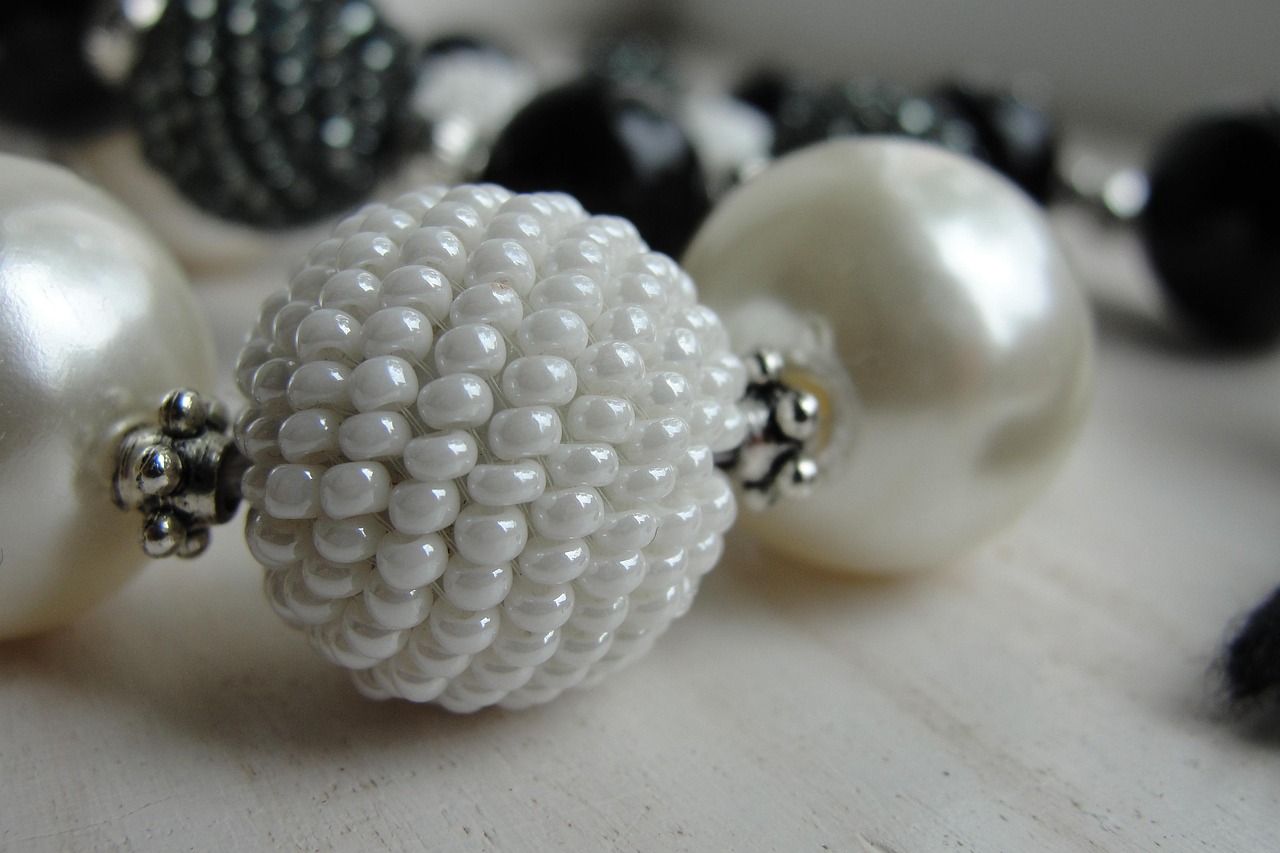
The Oppenheimer Blue Diamond
The Oppenheimer Blue diamond is not just a gemstone; it is a symbol of luxury and rarity that has captured the imagination of collectors and enthusiasts around the world. Named after its previous owner, Sir Philip Oppenheimer, this remarkable diamond is renowned for its breathtaking color and impressive size. In fact, it set a record for the highest price ever paid for a blue diamond, selling for an astonishing $57.5 million at a Sotheby’s auction in 2016.
What makes the Oppenheimer Blue so special? Its vibrant blue hue is attributed to the presence of boron in its chemical structure, which is rare in diamonds. Weighing in at an impressive 14.62 carats, this cushion-cut diamond is not only visually stunning but also represents a significant achievement in the world of gemology.
The auction that featured the Oppenheimer Blue diamond was a historic moment in the jewelry market. It drew attention from around the globe, with collectors and investors eager to witness the event. The diamond was sold after a fierce bidding war, highlighting the increasing demand for rare colored diamonds.
The sale of the Oppenheimer Blue diamond marked a turning point in the luxury jewelry market. It showcased the growing interest in unique and high-quality gemstones, particularly among wealthy collectors. This event not only set a new benchmark for blue diamonds but also elevated the status of colored diamonds as a whole.
Today, the Oppenheimer Blue diamond is celebrated not just for its price but for its captivating story and the legacy it carries. It serves as a reminder of the beauty and allure of rare gemstones, inspiring future generations of collectors and jewelers alike.
In conclusion, the Oppenheimer Blue diamond stands as a testament to the extraordinary world of luxury jewelry. Its record-breaking sale and stunning characteristics have solidified its place in history, making it one of the most coveted diamonds in existence.
The Auction That Shocked the World
The auction of the Oppenheimer Blue diamond was not just a significant event in the world of gemstones; it was a cultural phenomenon that captured the imagination of collectors and the general public alike. This stunning diamond, renowned for its exceptional color and size, was sold for a record-breaking price, making headlines across the globe.
When the Oppenheimer Blue was presented at auction, it showcased the growing interest in rare colored diamonds among affluent buyers. This particular diamond, weighing an impressive 14.62 carats, is regarded as one of the finest blue diamonds ever discovered. Its deep blue hue, which is attributed to the presence of boron, sets it apart from other gemstones, making it a highly coveted piece for collectors.
The auction took place at Sotheby’s in Hong Kong, where eager bidders from around the world participated in a fierce competition. The excitement in the room was palpable, as each bid pushed the price higher, culminating in a final sale price of $57.5 million. This staggering amount not only set a record for blue diamonds but also underscored the increasing value of colored diamonds in the luxury market.
Additionally, the sale of the Oppenheimer Blue highlighted a trend among wealthy collectors who are increasingly seeking unique and high-quality gemstones. As more individuals invest in rare pieces, the demand for colored diamonds continues to rise, leading to record-breaking auctions and sales.
In conclusion, the auction of the Oppenheimer Blue diamond was a landmark event that not only broke records but also marked a significant moment in the evolution of the luxury jewelry market. It serves as a testament to the enduring allure of rare gemstones and their place in the world of high-value collectibles.
Significance in the Jewelry Market
The luxury jewelry market has experienced significant transformations in recent years, with the sale of extraordinary pieces like the Oppenheimer Blue diamond marking a turning point in how high-value gemstones are perceived and valued. This particular sale not only shattered records but also highlighted the burgeoning demand for unique and high-quality gemstones.
The Oppenheimer Blue diamond, renowned for its mesmerizing color and impressive size, fetched an unprecedented price at auction, attracting attention from collectors and investors around the globe. This event underscored a growing trend where affluent buyers are increasingly seeking out rare colored diamonds, which are often seen as not just luxury items, but also as investment opportunities.
Moreover, the sale of the Oppenheimer Blue has had a ripple effect on the jewelry market, inspiring a new wave of interest in similar gemstones. Collectors are now more inclined to explore distinctive pieces that offer both aesthetic appeal and potential for appreciation in value. This shift is evident in the rising prices of other rare diamonds, such as the Pink Star and the Graff Pink, which have also captivated the attention of high-end buyers.
As the market evolves, it is essential to recognize the cultural significance these gems hold. They are not merely accessories; they embody stories, history, and artistry. The increasing demand for such jewels reflects a broader appreciation for craftsmanship and the unique qualities that each gemstone possesses.
In conclusion, the sale of the Oppenheimer Blue diamond is a clear indicator of the changing dynamics within the luxury jewelry market. It signifies a shift towards valuing individuality and exclusivity in high-end jewelry, paving the way for future sales that will continue to break records and captivate the imaginations of collectors and enthusiasts alike.
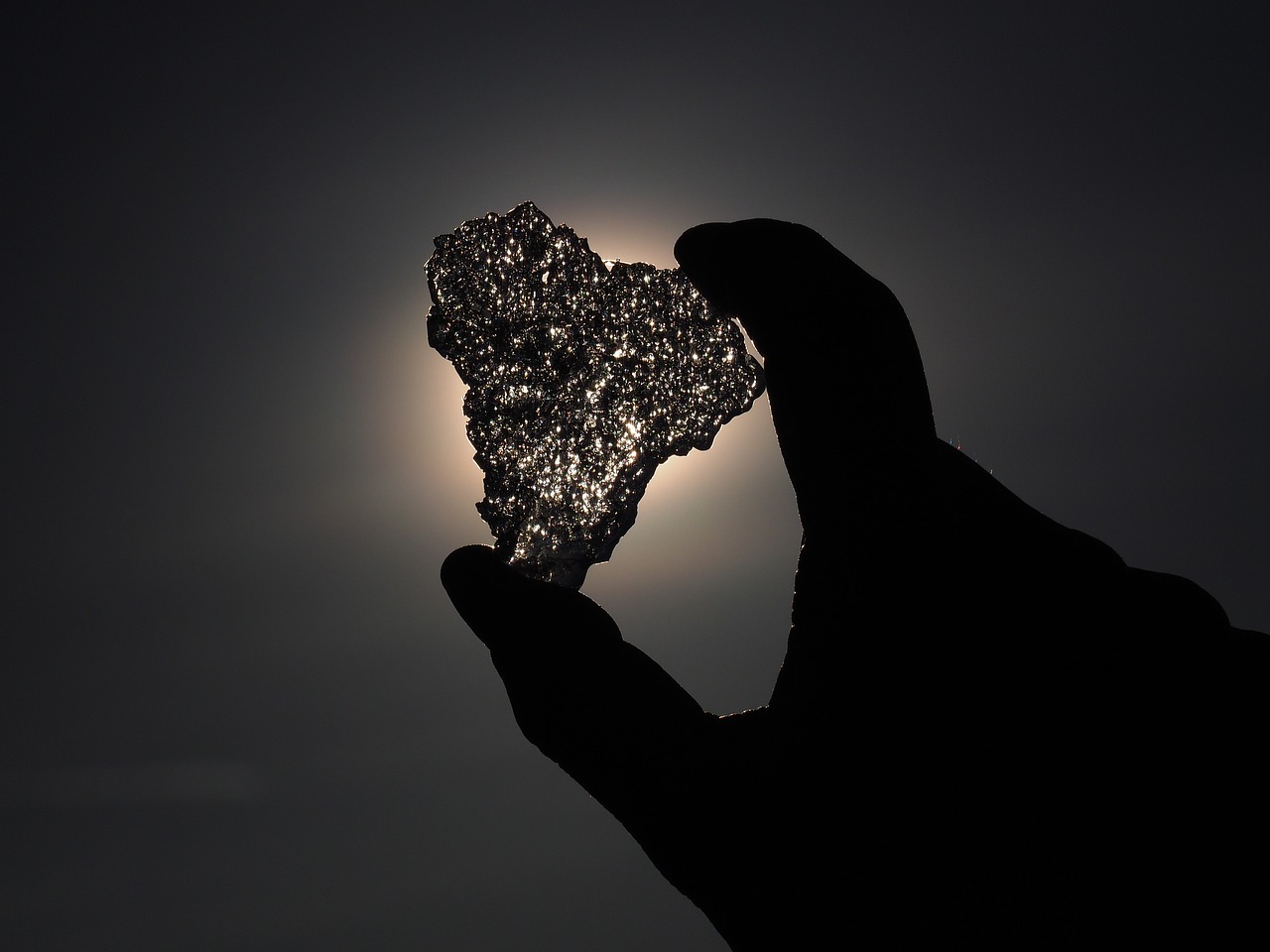
The Graff Pink Diamond
The Graff Pink diamond is an extraordinary gem that has captured the attention of collectors and enthusiasts alike. Renowned for its exquisite pink hue and remarkable clarity, this diamond has not only made headlines for its breathtaking beauty but also for its record-breaking sale price.
Originally purchased by the esteemed jeweler Laurence Graff, the Graff Pink diamond weighs an impressive 24.78 carats. Its unique color and exceptional quality make it one of the most sought-after diamonds in the world. Graff’s dedication to maintaining and showcasing the diamond’s natural beauty has played a significant role in its status as a luxury item.
In 2017, the Graff Pink diamond achieved a staggering sale price of $46 million at auction, setting a new benchmark for pink diamonds. This sale not only highlighted the diamond’s rarity but also underscored the growing demand for high-quality gemstones among affluent collectors.
The sale of the Graff Pink has had a profound impact on the jewelry market, igniting a surge of interest in pink diamonds and other rare colored gemstones. Collectors and investors are increasingly drawn to unique pieces that offer both aesthetic appeal and investment potential. This trend is reshaping the luxury jewelry landscape, with more emphasis on distinctive colors and quality.
The Graff Pink diamond stands as a testament to the allure of luxury jewelry. Its breathtaking color, exceptional quality, and historical significance continue to captivate audiences worldwide. As trends evolve, the Graff Pink remains a symbol of prestige and an enduring icon in the realm of high-value gemstones.
Background of the Graff Pink
The Graff Pink diamond is renowned not only for its stunning hue but also for its fascinating history. This exquisite gemstone was acquired by the prominent jeweler Laurence Graff in 2010, who recognized its unparalleled beauty and potential. The diamond, weighing an impressive 24.78 carats, is classified as a fancy pink, a rarity in the world of gemstones.
Upon purchasing the Graff Pink, Laurence Graff made it his mission to preserve and enhance its natural allure. He invested in expert craftsmanship, ensuring that the diamond was cut to maximize its brilliance and color saturation. This dedication to excellence has transformed the Graff Pink into one of the most sought-after pieces in the luxury jewelry market.
Its journey to fame began when it was sold at auction for an astounding $46 million, setting a record for the highest price ever paid for a pink diamond. This monumental sale not only highlighted the diamond’s value but also underscored the growing demand for rare gemstones among affluent collectors.
Moreover, the Graff Pink has significantly influenced trends within the luxury jewelry sector. Its sale sparked a renewed interest in pink diamonds, prompting jewelers and collectors to seek out similar stones. The allure of the Graff Pink serves as a testament to the increasing appreciation for unique gemstones in today’s market.
In summary, the Graff Pink diamond stands as a symbol of luxury and exclusivity. Its captivating color, combined with its rich history and record-breaking sale, has solidified its place among the most prestigious jewels in existence. As collectors continue to seek out rare and high-quality diamonds, the legacy of the Graff Pink will undoubtedly endure.
Impact on Luxury Jewelry Trends
The sale of the Graff Pink diamond has had a significant impact on the luxury jewelry market, influencing trends and shaping the interests of collectors and investors alike. This remarkable gemstone, known for its exquisite color and clarity, has not only set new auction records but has also ignited a renewed fascination with pink diamonds and other rare gemstones.
As the auction world has witnessed, the Graff Pink diamond’s sale price has drawn attention to the value of colored diamonds. Investors and collectors are increasingly looking for unique stones that stand out, and pink diamonds have become a symbol of status and wealth. The rarity of these diamonds, combined with their striking beauty, has made them highly sought after in the market.
Moreover, the sale of the Graff Pink diamond has encouraged jewelry designers to explore more creative uses of colored gemstones. Design trends have shifted towards incorporating pink diamonds into various pieces, from engagement rings to statement necklaces. This trend reflects a broader shift in consumer preferences, where individuality and personal expression are prioritized over traditional diamond choices.
Additionally, the auction of the Graff Pink has sparked a surge in interest among gemologists and investors in the potential of rare gemstones. Collectors are now more inclined to invest in not just pink diamonds but also other unique stones that have the potential to appreciate in value over time. This has led to an increase in the number of auctions and exhibitions dedicated to rare gemstones, further fueling interest in the luxury jewelry market.
In conclusion, the sale of the Graff Pink diamond has profoundly influenced trends in the jewelry industry. It has not only highlighted the allure of pink diamonds but also encouraged a broader appreciation for rare gemstones. As collectors and investors continue to seek out unique pieces, the impact of this sale will likely resonate for years to come, shaping the future of luxury jewelry.

Conclusion: The Allure of Expensive Jewelry
Jewelry has always held a special place in human culture, not just as adornments but as symbols of status, love, and artistic expression. The world of expensive jewelry is particularly fascinating, as it intertwines monetary value with rich cultural and historical narratives. Each piece tells a story that transcends its price tag, captivating audiences across the globe.
For instance, the Pink Star Diamond, which shattered auction records, is not merely valued for its stunning beauty but also for the unique journey it has undergone. Every facet of this diamond reflects a history of craftsmanship and rarity that resonates with collectors and enthusiasts alike.
Similarly, the Hope Diamond is steeped in legend and intrigue. Its striking blue hue and the tales of curses that follow its owners have made it a subject of fascination for both historians and the general public. This jewel is not just a piece of jewelry; it is a cultural artifact that embodies the complexities of human belief and superstition.
The Oppenheimer Blue Diamond also stands out in this realm, not just because of its record-breaking sale but due to its representation of the evolving landscape of luxury jewelry. The auction that featured this diamond highlighted a growing interest among affluent collectors in rare colored diamonds, marking a significant shift in market trends.
Furthermore, the Graff Pink Diamond has influenced luxury jewelry trends, showcasing the increasing demand for unique gemstones. Its sale has sparked interest in pink diamonds, leading to a new wave of appreciation for these rare treasures.
In conclusion, the allure of expensive jewelry goes beyond their financial worth; it encapsulates stories of human experience, cultural heritage, and artistic achievement. Each piece serves as a reminder of the intricate tapestry of history that surrounds it, making them not just valuable commodities, but cherished legacies that continue to captivate audiences worldwide.
Frequently Asked Questions
- What is the most expensive jewelry piece ever sold?
The most expensive jewelry piece ever sold is the Pink Star Diamond, which fetched a staggering price at auction, setting a record that reflects its unmatched rarity and beauty.
- What makes the Hope Diamond so famous?
The Hope Diamond is renowned not only for its stunning deep blue color but also for its intriguing history, filled with tales of curses and ownership changes that have captivated collectors and historians alike.
- Where can I see the Hope Diamond today?
You can view the Hope Diamond at the Smithsonian Institution, where it continues to attract millions of visitors eager to admire its beauty and learn about its fascinating past.
- What is the significance of the Oppenheimer Blue Diamond?
The Oppenheimer Blue Diamond is celebrated for its incredible color and size, and its auction marked a pivotal moment in the luxury jewelry market, showcasing the rising demand for rare colored diamonds.
- How did the Graff Pink Diamond influence the jewelry market?
The sale of the Graff Pink Diamond has significantly impacted luxury jewelry trends, sparking increased interest in pink diamonds and other rare gemstones among collectors and investors.

